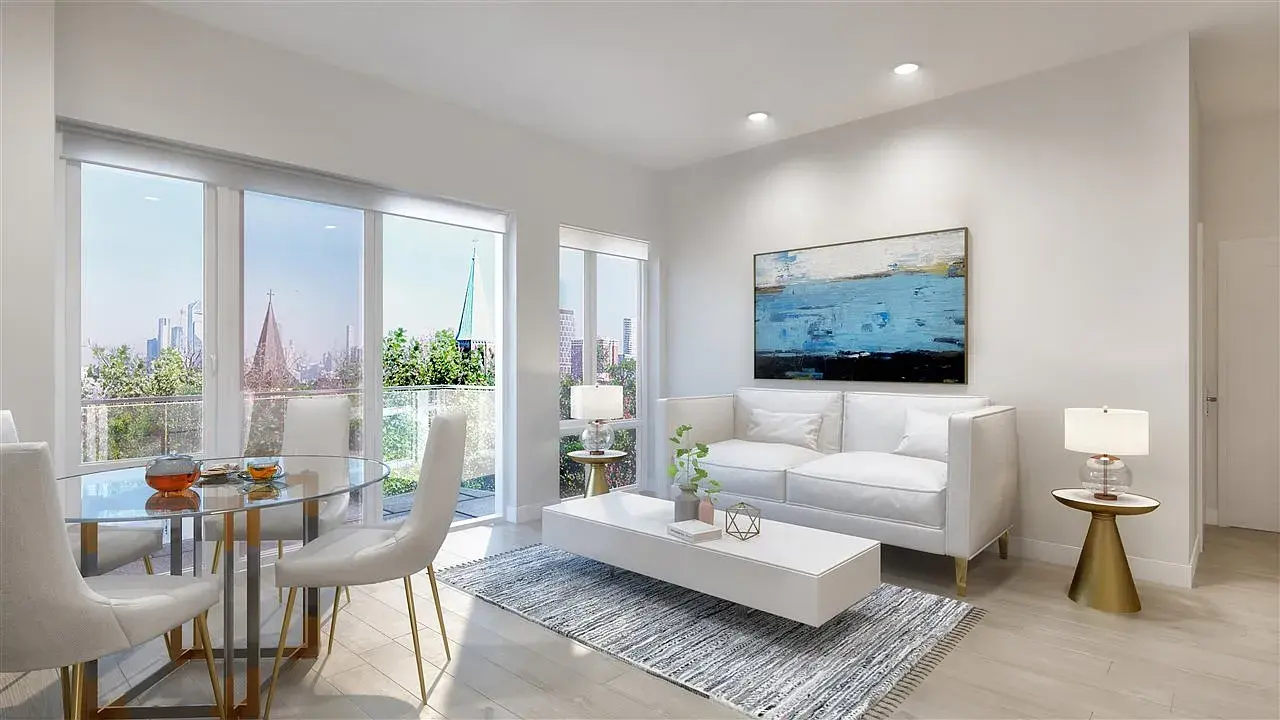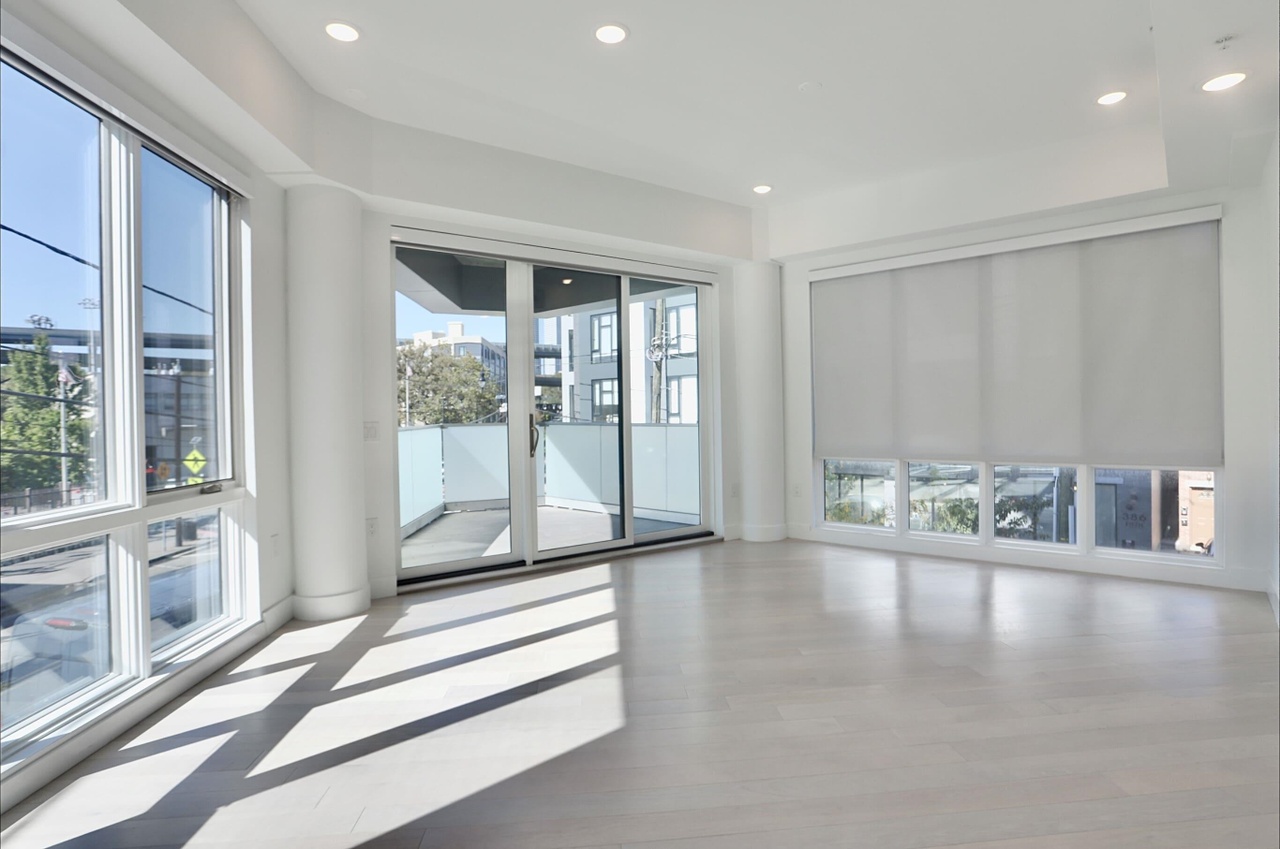
Gut renovation transforms outdated properties by stripping interiors to the structural framework to improve structural integrity, energy efficiency, and safety.
According to a report by the National Association of Home Builders (NAHB), 2023, titled “Major Remodeling Market Trends,” over 32% of home renovation projects involve full or partial gut renovations, with homeowners spending an average of $100,000 to $250,000, depending on property size and scope.
The types of gut renovation include full, partial, residential vs. commercial, and structural vs. cosmetic renovations. Full gut renovations involve demolishing interiors. Partial renovations modify areas like kitchens or bathrooms. Residential renovations enhance livability, whereas commercial projects prioritize compliance with building regulations. Structural renovations reinforce foundations and walls, while cosmetic renovations upgrade interiors.
The gut renovation process includes planning, permit acquisition, demolition, installation of new systems, interior reconstruction, and final inspections. Proper planning and contractor selection prevent budget overruns and compliance issues. Each phase must meet local building codes and structural safety standards.
Benefits of gut renovation include stronger foundations, energy efficiency, increased property value, and modernized living spaces. Reinforced walls and updated electrical systems improve safety, while smart home technology and energy-efficient materials lower operational costs.
According to a report by the U.S. Department of Energy titled “Energy-Efficient Home Upgrades,” published in 2021, gut renovations reduce energy consumption by 40% when incorporating modern insulation, windows, and HVAC systems.
Permits and regulations for gut renovation ensure compliance with zoning laws, structural integrity, fire safety, and environmental standards. Major renovations require multiple permits for demolition, electrical, plumbing, and HVAC work.
According to the U.S. Department of Housing and Urban Development (HUD), 2023, titled “Home Renovation Permits and Compliance,” failure to obtain required permits results in fines up to $10,000 and legal action, delaying project completion and resale value.
What Is Gut Renovation?
Gut renovation involves stripping a building down to its structural framework and rebuilding its interior components, including walls, electrical systems, plumbing, and insulation. This process retains the exterior shell while replacing all internal elements. Gut renovations also involve demolishing and reconstructing critical systems within a property.
The primary difference between gut renovation and standard renovation lies in scope and depth. Standard renovations improve aesthetic appeal without altering major structures, whereas gut renovations eliminate outdated infrastructure and introduce modern, energy-efficient systems. Gut renovations are required when foundations, plumbing, or electrical wiring no longer meet safety or building codes.
Gut renovation becomes necessary when a property experiences structural deterioration, outdated systems, or environmental hazards. Homes built before 1978, when lead-based paint was common, require extensive interior replacement to meet safety standards.
According to a study by the National Association of Home Builders (NAHB), 2023, titled “The State of Aging Housing Stock,” over 38% of homes in the U.S. were built before 1970, making them structurally outdated and requiring major renovations to meet modern energy and safety standards.
Common reasons for gut renovations include modernizing layouts, improving energy efficiency, and increasing resale value. Real estate investors and homeowners undertake this process to adapt properties to contemporary standards, improve durability, and comply with evolving regulations.
What Are The Types Of Gut Renovation?

The types of gut renovation are full gut renovation, partial gut renovation, residential vs. commercial gut renovation, and structural vs. cosmetic gut renovation. Each type addresses different scopes and objectives within the renovation process.
According to a report by the National Association of Home Builders (NAHB), 2023, titled “Trends in Major Renovations,” full gut renovations account for 27% of total remodeling projects, with homeowners spending an average of $100,000 to $250,000 on complete interior overhauls.
1. Full Gut Renovation
This involves removing all interior elements, including walls, ceilings, flooring, electrical wiring, and plumbing systems. New infrastructure, such as HVAC, insulation, and structural reinforcements, replaces outdated systems to comply with modern safety codes.
2. Partial Gut Renovation
This method involves renovating specific sections of a property, such as a kitchen, bathroom, or basement. It retains structural elements while modernizing outdated areas with new finishes, updated plumbing, and energy-efficient fixtures.
3. Residential vs. Commercial Gut Renovation
Residential renovations focus on homes and apartments, emphasizing aesthetics and functionality. Commercial renovations prioritize structural compliance, fire safety, and large-scale utility upgrades, with materials designed for high-traffic durability.
4. Structural vs. Cosmetic Gut Renovation
Structural renovation alters the foundation, walls, and roofing to correct integrity issues. Cosmetic renovation updates interior elements such as cabinetry, flooring, and lighting to improve design without modifying core structures.
What Are The Benefits Of Gut Renovation?

The benefits of gut renovation include structural and safety improvements, energy efficiency and sustainability, increased property value, and customization for modern living standards. Each benefit enhances a property’s durability, functionality, and long-term value.
According to a report by the National Association of Realtors (NAR), 2023, titled “Remodeling Impact Report,” gut-renovated homes sell for 20-40% more than unrenovated properties, with updated kitchens and energy-efficient upgrades yielding the highest returns.
1. Structural and Safety Improvements
Involves strengthening aging foundations and walls. Gut renovation addresses structural weaknesses by reinforcing load-bearing elements, replacing deteriorated materials, and ensuring compliance with modern building codes. It also eliminates outdated electrical and plumbing systems, reducing fire and water damage risks.
2. Energy Efficiency and Sustainability
Upgrading insulation and energy-efficient appliances. Gut renovation integrates high-performance HVAC systems, LED lighting, and double-pane windows to reduce energy consumption. Smart thermostats and solar panel installations further improve sustainability.
3. Increased Property Value
Modernizing interiors with open-concept layouts, premium materials, and high-end finishes increases buyer appeal. Updated infrastructure ensures longevity, making properties more attractive to future homeowners.
4. Customization and Modern Living Standards
This involves open floor plans and reimagined layouts. Gut renovation allows homeowners to design interiors based on personal preferences, lifestyle needs, and evolving market trends. Smart home systems, integrated security features, and voice-controlled appliances add convenience.
What Are The Processes Involved In Gut Renovation?
The processes involved in gut renovation include adhering to local zoning and building codes, obtaining permits, complying with HOA and historic preservation rules, and passing inspection requirements. Each of these processes ensures legal compliance and structural safety throughout the renovation.
According to a study by the U.S. Department of Housing and Urban Development (HUD), 2023, titled “Building Code Compliance Trends,” over 65% of renovation delays result from permit issues or failed inspections, emphasizing the importance of thorough planning.
1. Local Zoning and Building Codes
These involve checking zoning restrictions before renovation. Gut renovation projects must align with municipal regulations governing property height, setbacks, and land usage. Consulting the local building department prevents legal complications related to unauthorized modifications.
2. Permits Required for Gut Renovation
Major renovations require multiple permits, including demolition, electrical, plumbing, and HVAC permits. Fire safety and environmental compliance approvals are mandatory, especially when working with older buildings that contain hazardous materials like lead or asbestos.
3. HOA and Historic Preservation Rules
Deals with renovation restrictions in historic districts. Gut renovation in HOA-governed communities or historic neighborhoods requires board approval and adherence to design guidelines. Violating these restrictions results in fines or renovation delays.
4. Inspection Requirements
This involves stages of inspections, like the foundation, framing, and final. Municipal inspectors evaluate structural integrity, electrical wiring, plumbing installations, and fire safety measures at key project phases. Failure to meet code standards results in project shutdowns, fines, or mandatory rework.
What Are The Permits And Regulations For Gut Renovation?
The permits and regulations for gut renovation include zoning compliance, structural permits, environmental safety approvals, and mandatory inspections. These legal requirements ensure renovation projects adhere to building codes and maintain safety standards.
According to a report by the U.S. Census Bureau, 2023, titled “Construction and Permit Trends,” 78% of major renovations require multiple permits to pass legal inspections and avoid project shutdowns.
1. Zoning Compliance
Zoning laws regulate property height, land use, and structural modifications. Renovations must align with local ordinances to avoid legal issues or project delays.
2. Structural Permits
Major renovations involving demolition, foundation alterations, wall modifications, and roofing updates require structural permits. These approvals ensure the integrity of the renovated structure and compliance with engineering standards.
3. Environmental Safety Approvals
If a renovation involves asbestos removal, lead paint mitigation, or hazardous material disposal, specific environmental safety permits are required. These regulations protect public health and ensure proper handling of hazardous substances.
4. Mandatory Inspections
Inspections occur at key renovation stages, including foundation work, framing, and final approval. These inspections verify that construction follows safety regulations and building codes.
What Are The Challenges And Risks Of Gut Renovation?
The challenges and risks of gut renovation include unexpected costs, regulatory hurdles, and structural complications. These factors impact project timelines, budgets, and overall feasibility.
1. Unexpected Costs and Delays
Hidden structural damages, such as mold, asbestos, or termite infestations, lead to unforeseen expenses. Material shortages and contractor availability further contribute to budget overruns and extended timelines. According to a report by the Joint Center for Housing Studies of Harvard University, titled “Improving America’s Housing 2023,” unforeseen repairs increase renovation costs by 20% to 30% in older buildings.
2. Regulatory and Legal Hurdles
Permit delays, zoning restrictions, and building code violations can slow down the project. Failure to comply with regulations results in fines, work stoppages, or forced design alterations, adding to cost and time constraints.
3. Structural and Design Complications
Integrating modern materials and layouts with existing frameworks presents engineering challenges. Balancing aesthetics with structural integrity requires extensive planning and expert consultation to ensure safety and long-term durability.
What Determines The Cost Of Gut Renovation?
Factors determining gut renovation costs are property size, material selection, labor expenses, and permit fees. These factors dictate the overall budget and financial feasibility of the project.
According to a report by the National Association of Home Builders (NAHB), titled “Remodeling Cost Guide” (2023), gut renovation costs range from $50 to $200 per square foot, depending on project scale and materials used.
1. Property Size and Scope
The size of the property directly influences demolition, reconstruction, and material usage. Larger properties require more labor and resources, increasing overall costs.
2. Material Selection
The choice of materials impacts expenses significantly. High-end finishes, custom cabinetry, and energy-efficient upgrades raise spending, while budget-friendly alternatives help control costs.
3. Labor and Contractor Fees
Skilled labor and contractor rates vary based on expertise, location, and project complexity. Custom work and high-demand markets lead to higher labor costs.
4. Permit Costs
Structural, electrical, and plumbing work requires permits, which add to overall expenses. These fees vary depending on local regulations and project scope.
How Do I Finance A Gut Renovation?
You finance a gut renovation with personal savings, home equity loans, construction loans, or renovation mortgages. Each option offers different benefits depending on budget and financial situation.
1. Personal Savings
Using savings provides immediate funding without interest or repayment obligations. However, it requires significant upfront capital, which may limit the project’s scope or deplete emergency funds.
2. Home Equity Loans
Homeowners can borrow against their property’s equity, securing fixed interest rates and predictable monthly payments. This option is ideal for those with substantial home value and stable income.
3. Construction Loans
These short-term loans finance major renovation projects, covering demolition, rebuilding, and labor costs. Once the project is completed, the loan typically converts into a standard mortgage.
4. Renovation Mortgages
These loans bundle home purchase and renovation costs into a single mortgage, making them suitable for purchasing and renovating fixer-upper properties. According to a report by the Federal Housing Administration (FHA), titled “Renovation Mortgage Programs” (2023), renovation mortgages like the 203(k) loan allow buyers to finance home improvements while securing competitive interest rates.
How Long Does It Take For A Gut-Renovated Home To Appreciate In Value?
For a gut-renovated home to appreciate in value, it takes 3-5 years, depending on market conditions, location, and property improvements.
High-demand areas see faster appreciation due to strong buyer interest and limited housing inventory. Energy-efficient upgrades, modern layouts, and premium materials further boost property value. Market fluctuations, interest rates, and economic conditions influence appreciation rates.
Homes in emerging neighborhoods or revitalization zones experience higher long-term returns due to urban development and infrastructure investments. According to a report by the National Association of Realtors (NAR), 2023, titled “Home Value Growth Trends,” gut-renovated properties appreciate 15-30% faster than non-renovated homes in competitive markets.


